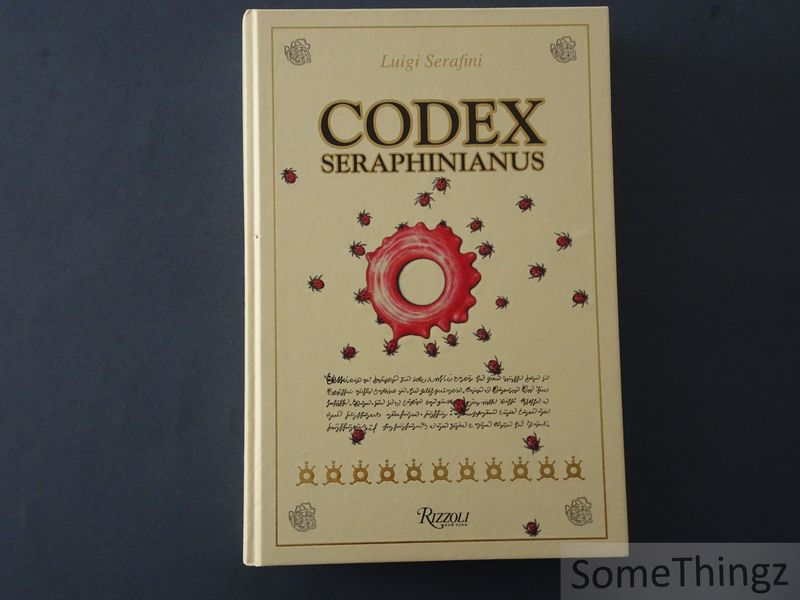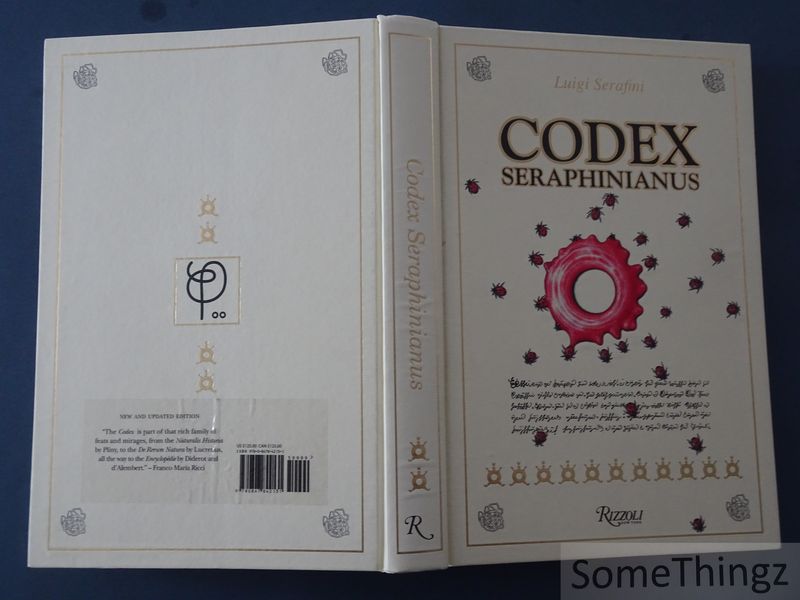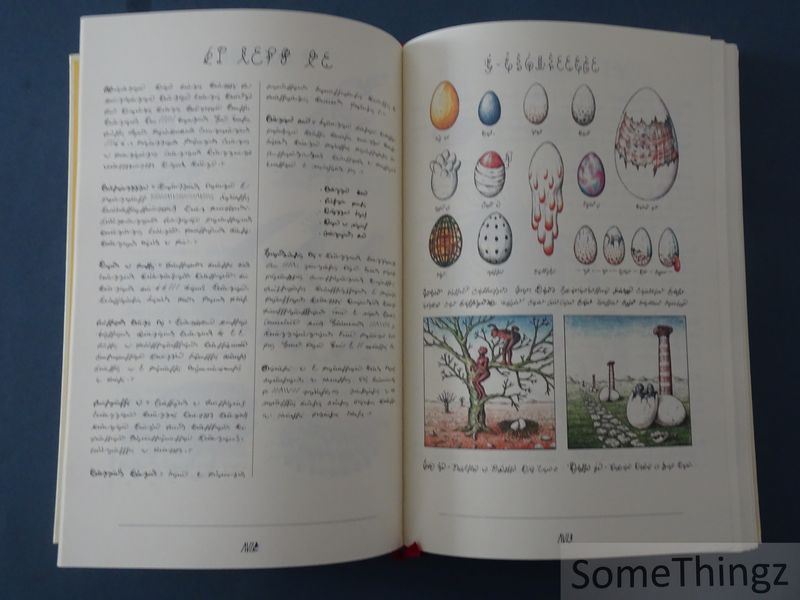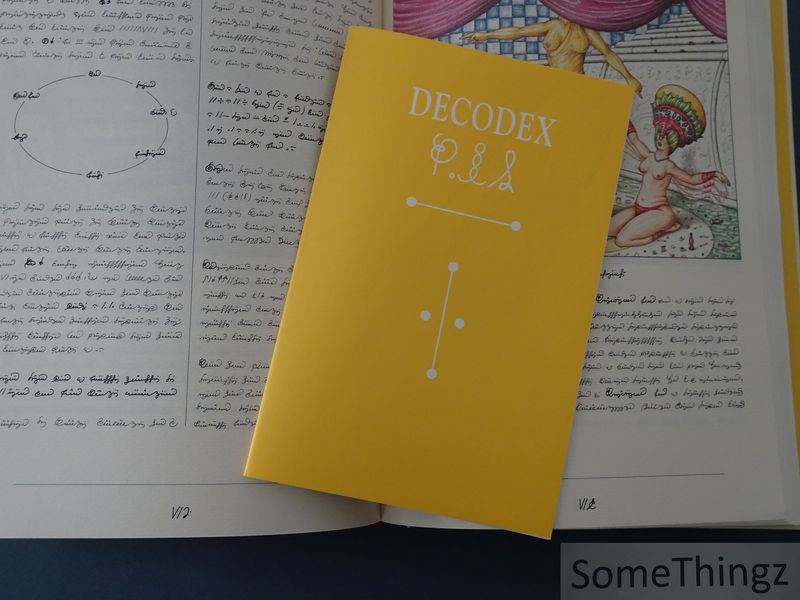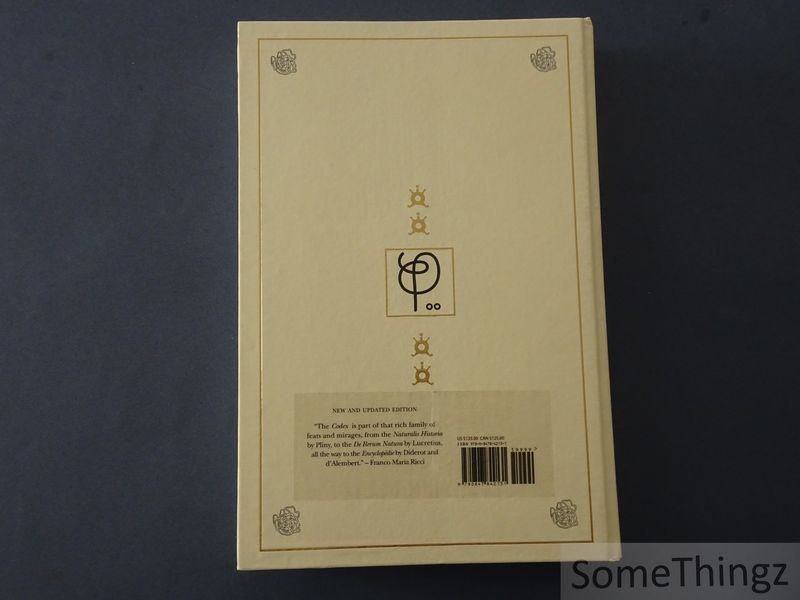BOOKS
Luigi Serafini.
Codex Seraphinianus. [Loosly inserted booklet 'Decodex' included.]
New York, Rizzoli International Publications, 2013.
€ 115.00
Bound, hardcover, 396pp., 24x35cm., richly illustr. in col., in very good condition. ISBN: 9780847842131.
An extraordinary and surreal art book, this edition has been redesigned by the author and includes new illustrations. Ever since the Codex Seraphinianus was first published, the book has been recognized as one of the strangest and most beautiful art books ever made. This visual encyclopedia of an unknown world written in an unknown language has fueled much debate over its meaning. Written for the information age and addressing the import of coding and decoding in genetics, literary criticism, and computer science, the Codex confused, fascinated, and enchanted a generation. While its message may be unclear, its appeal is obvious: it is a most exquisite artifact. Blurring the distinction between art book and art object, this anniversary edition - redesigned by the author and featuring new illustrations - presents this unique work in a new, unparalleled light. The Codex Seraphinianus is a visual encyclopedia of an imaginary world, filled with hand?drawn, surreal illustrations of strange plants, animals, machines, architectures, and anatomies. The text appears to be in a real script, but it is not - it is asemic, meaning it has no semantic meaning. This gives the feeling that you are reading a book in a language you do not understand, like a child looking at letters for the first time. The combination of the bizarre images and meaningless writing creates a sense of wonder and mystery. It challenges the reader to interpret, but never offers a definitive explanation, turning meaning into pure aesthetic experience. Luigi Serafini (born 4 August 1949, Rome) is an Italian artist, architect, and industrial designer. He has worked in multiple disciplines, such as ceramics, scenography, and graphic design. His art often explores fantasy, structure, and form, blending precision with surreal imagination. The Codex Seraphinianus, his most famous work, originated from his desire to create a book that looks like it has meaning, but is actually unintelligible - a deliberate play on language, perception, and creativity.

